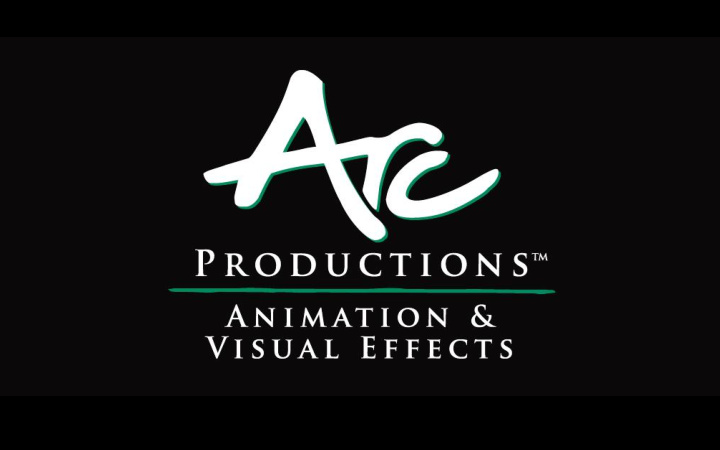



Visual effects (commonly shortened to VFX) are the various processes by which imagery is created and/or manipulated outside the context of a live action shoot.
Visual Effects help tell the story.
The lines between pre-production, production and post-production are blurring. (VFX is NOT just part of Post-Production)
WHY VFX? Opens the door to opportunities that wouldn’t otherwise exist. • Blockbuster type work, creatures and other entities that don’t exist, seamless camera moves, transformations (morphing), weather and natural phenomena, etc.
WHY VFX? • Safety: Gunfire, explosions, dangerous stunts • Enhance practical: Extend sets, add explosions, fog, breath, direction to fire, augment skies • Fix practical : Remove breath, power lines, contrails, fix make-up, hair, or prosthetics • Cost effective : Large builds, crowd duplication
The idea is to find the most efficient techniques to achieve the desired result, whether by using visual effects or realized practically. “PUT THE MONEY ON THE SCREEN”
QUOTE • Script Arrives • A VFX breakdown is created if not provided
QUOTE A schedule is then produced based on … • The estimated delivery of plates • The timeframe available • The type and number of artists and support staff needed
QUOTE A day rate is calculated based salaries plus … • Studio overhead (hydro, rent, insurance, vacations, estimated sick days, etc) • Estimated overtime • Profit margin
MEET & GREET • Meet with Director, Producers etc. prior to being awarded the job – main goal is to establish relationships and solidify creative continuity between both parties.
QUOTE TOTAL DAY COUNT * DAY RATE = TOTAL BID COST AWARDED THE JOB!
PRE-PRODUCTION • Meet with Director, Producers, Production Designer, the DOP, Art Directors, and heads of other departments to share goals and figure out the most efficient ways to achieve them • Previsualization (Previs) and design mock-ups may be used to answer questions before filming begins
PRODUCTION • The on-set VFX team is required to gather on- set data in order to successfully achieve seamless visual effects work. VFX Supervisor Data Wrangler(s)
PRODUCTION • Gather texture and reference photographs • Depending on the type of project (MOV, TV Series, Film) and delivery dates, asset and shot work may start at this stage
PRODUCTION • Will advise on a variety of issues on a day to day basis, including: • The optimum way to shoot for vfx shot work • How the vfx budget is affected by what is being shot • The cost of vfx vs. practical
POST-PRODUCTION • Work with editorial to ensure optimal use and execution of visual effects, and revise quote with each new edit • Work with the Post Supervisor to get plates, organize scheduling and deliveries, etc. • Revise schedule to reflect any budget and timeline changes
POST-PRODUCTION DESIGN PHASE • The creation of mock-ups to explore options and get sign-off in the most efficient way (before the asset build or shot work begins)
POST-PRODUCTION ASSETS, RnD, MATTE PAINTING • Assets: model geometry, rig, apply surface textures and properties • FX/RnD: (smoke, fire, water, cloth simulation), anything that need development (looks, behaviours, etc)
POST-PRODUCTION SHOT WORK • A team of specialists start on the tasks for shots (scene setup, camera tracking, lighting, animation, rig removal, rotoscoping, keying compositing, etc) Note: the order of tasks is critical and so the scheduling is very important.
POST-PRODUCTION SHOT WORK • Work in progress shots are reviewed during daily rounds and screenings • Clients are shown work for feedback early enough to allow for changes but developed enough to be clearly visualized/understood
80/20 RULE The first 80% percent of the work takes 20% percent of the time. The last 20% percent takes 80% of the time.
THANK YOU FOR YOUR TIME TODAY!
Recommend
More recommend